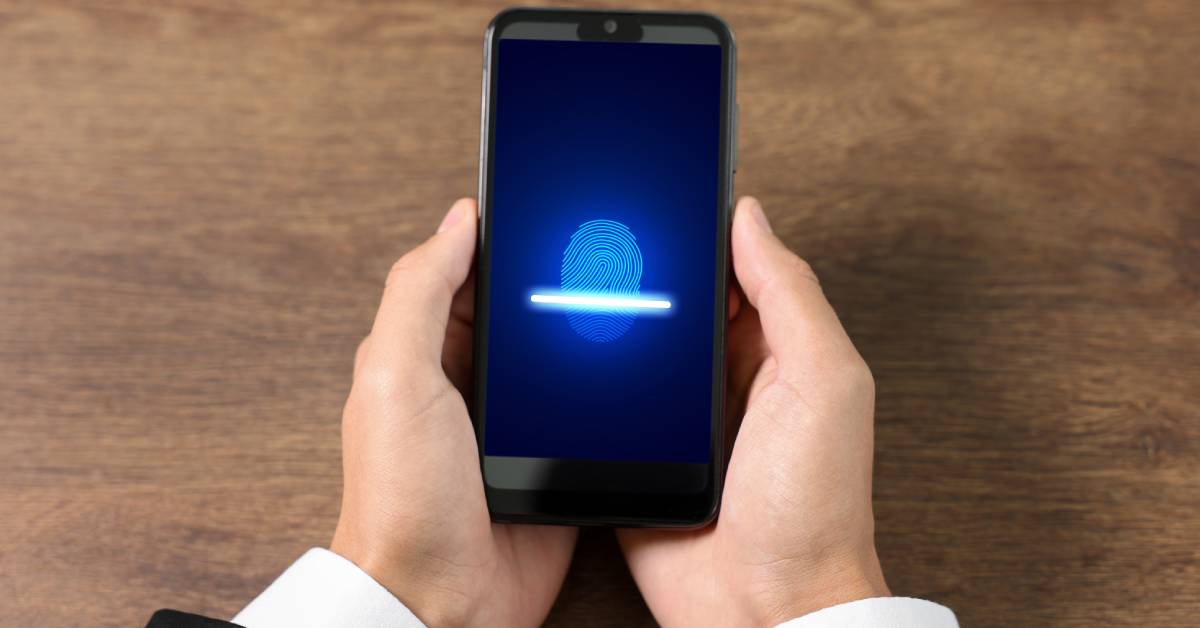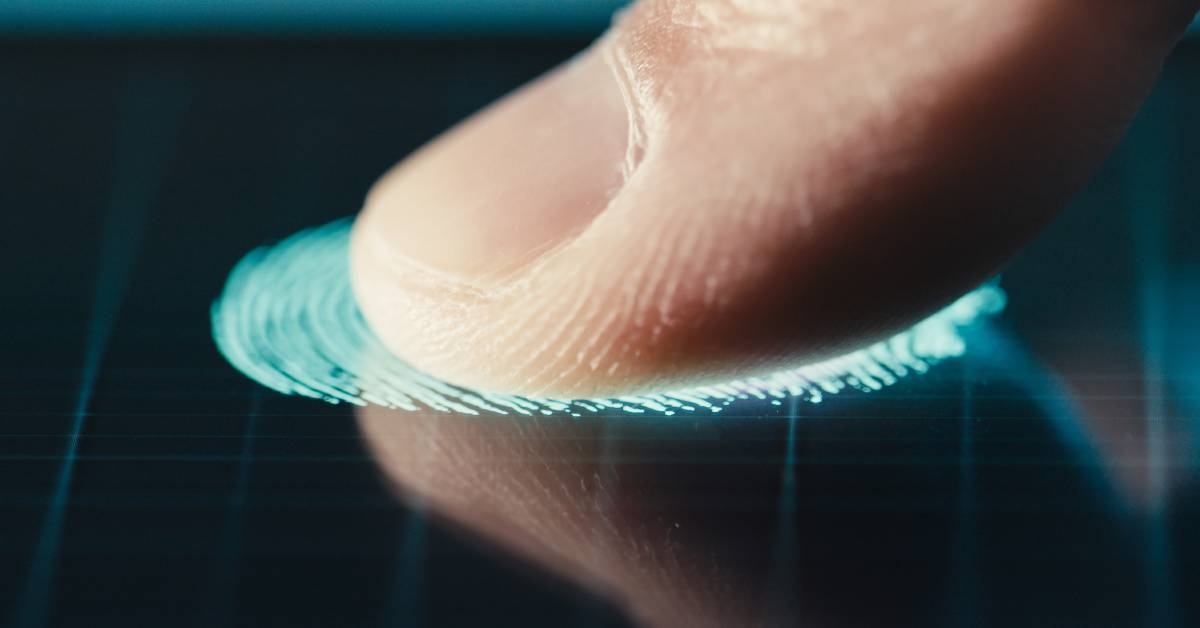Biometric technology has transformed the way we safeguard our mobile devices. It has moved beyond traditional PINs and passwords to offer sophisticated, personalized security solutions designed to protect sensitive data.
For mobile users, tech enthusiasts, and business owners, biometric security is no longer a futuristic concept—it’s an essential feature embedded within the devices we use daily. This walkthrough will explore the evolution and advantages of biometric security, offering insights into its critical role in the modern mobile ecosystem. Let’s take a deep dive into the role of biometric security in mobile devices so you don’t neglect this key form of personal protection.
The Evolution of Biometrics in Mobile Technology
Biometric security in mobile devices began as a novel addition, capturing the imagination of users but often falling short in practicality and reliability. However, rapid advancements in technology, paired with the proliferation of smartphones, led to monumental improvements.
By the mid-2010s, fingerprint sensors became a standard inclusion in mobile devices, such as Apple’s iPhone 5s, with its revolutionary Touch ID system. It set a new benchmark for mobile security, making authentication seamless and secure. Soon after, facial recognition technology emerged, elevating biometric security to a whole new level by leveraging advanced algorithms and hardware such as infrared sensors. This paved the way for more sophisticated biometric solutions, such as iris scanning, further advancing the usability of smartphones for both personal and professional purposes.
Over time, biometrics evolved from being a concept to a default expectation for mobile device security, and the technology continues to mature at an exponential pace.
Types of Biometric Security Measures in Mobile Devices
Biometric security solutions are diverse, offering multiple options to secure mobile devices. Among them is face recognition, fingerprint scanning, and iris scanning. These technologies have redefined how users interact with their smartphones, each bringing their own strengths and challenges.
Face Recognition
Face recognition technology is one of the most popular features in modern smartphones. Utilizing complex algorithms and neural networks, face recognition identifies unique facial features to grant access. Thanks to advances like Apple’s Face ID, this technology can process three-dimensional facial data, making it challenging to bypass with photos or masks. However, its effectiveness may diminish under certain scenarios, such as low lighting or radical changes in appearance.
Fingerprint Scanners
Fingerprint scanners have become synonymous with modern security features. Leveraging the uniqueness of individual fingerprints, these scanners are both highly secure and convenient. Technologies have evolved from traditional sensors to in-display scanners using ultrasonic waves for enhanced precision and functionality. Fingerprint scanners remain a reliable and widely available biometric option today.
Iris Scanning
Iris scanning is another premium biometric measure and by analyzing the intricate patterns in an individual’s iris, this technology offers an exceptional level of accuracy. Additionally, individuals with certain physical limitations that make fingerprint or facial recognition less accessible can benefit from iris scanning, offering an inclusive approach to modern security measures.
Each of these biometric solutions plays a distinctive role in advancing mobile security while catering to different needs and preferences of users. Together, they contribute to strengthening the mobile ecosystem.
 Advantages and Challenges of Biometric Security
Advantages and Challenges of Biometric Security
The advantages of biometric security are numerous, starting with its unparalleled ability to provide a personalized layer of protection. Unlike passwords or PINs, biometrics are unique to each individual, making unauthorized access far more challenging.
Additionally, biometric security solutions eliminate the need for device owners to remember complex credentials, combining convenience with heightened security standards. For businesses, this means safer handling of sensitive employee or customer data.
However, biometric security is not without its challenges. False positives, though rare, may allow unintended users to gain access, while false rejections can frustrate rightful users. Another growing concern is the risk of data breaches involving biometric information. Unlike passwords, biometric data cannot be simply reset, raising significant security and privacy implications for both individuals and businesses.
Addressing these challenges requires ongoing innovation, as well as adherence to robust security frameworks designed to protect biometric data from malicious threats.
Protecting User Data and Enhancing User Experience
As you can see, the role of biometric security in mobile devices is substantial.
Biometric security does more than protect devices from unauthorized access. It serves as a critical tool in safeguarding user data, especially in an era where mobile phones store sensitive information, from financial data to personal files. Multi-factor authentication solutions incorporating biometrics add a second or third layer of security, significantly reducing the risk of data breaches.
Beyond security, biometrics enhance the overall user experience by offering faster and more intuitive authentication methods. The days of typing out long passwords are a thing of the past.
With a swift glance or touch, users can access their devices, apps, and even payment solutions. This combination of safety and usability underscores the indispensable role of biometrics in mobile technology today.
Maximizing Biometric Security in Business Settings
Keeping business settings secure requires ample technology. For example, at Connecta Mobile, we can help you find the most secure cell phones available for businesses to ensure you can easily keep communications secure. However, weaving biometric security into your existing system requires patience and precision.
Businesses looking to integrate biometric security for their mobile workforce or customer-facing apps must adhere to best practices to mitigate risks and maximize benefits. Selecting reliable, industry-vetted solutions is key. Businesses should ensure that biometric authentication systems are compliant with regulatory frameworks, such as GDPR, to protect user privacy.
It’s equally essential to invest in educating employees and users about biometric technologies to foster trust and understanding of its security advantages. Adopting biometric authentication as part of a broader multi-factor authentication strategy can enhance resilience against cyberattacks while maintaining user convenience.
Regular audits and updates to biometric systems will help ensure that businesses stay ahead of emerging threats and maintain their competitive advantage in today’s security-conscious landscape.
 Biometric Security as a Cornerstone of the Mobile Ecosystem
Biometric Security as a Cornerstone of the Mobile Ecosystem
Biometric security has become a central pillar of the mobile ecosystem, ensuring the safety of user data while enhancing ease of use. For mobile users, tech enthusiasts, and business owners, understanding and leveraging these technologies is crucial, not just for safeguarding devices but for staying ahead in a world where security threats are constantly evolving.
Investing in biometric solutions offers a dual benefit—a convenient user experience and peace of mind knowing that sensitive information is more secure. Organizations and individuals alike must recognize the indispensable role biometrics plays and take proactive steps to maximize its potential.
Evaluate your current security measures, explore the latest biometric scanning technologies, and consider implementing this cutting-edge solution to safeguard your assets and streamline authentication processes.
